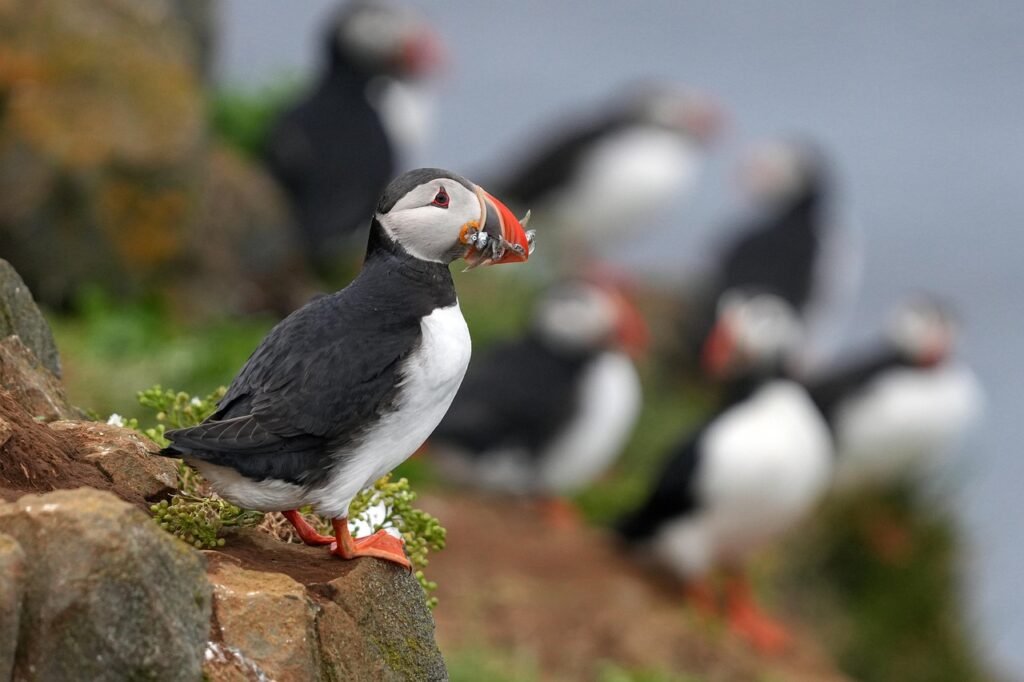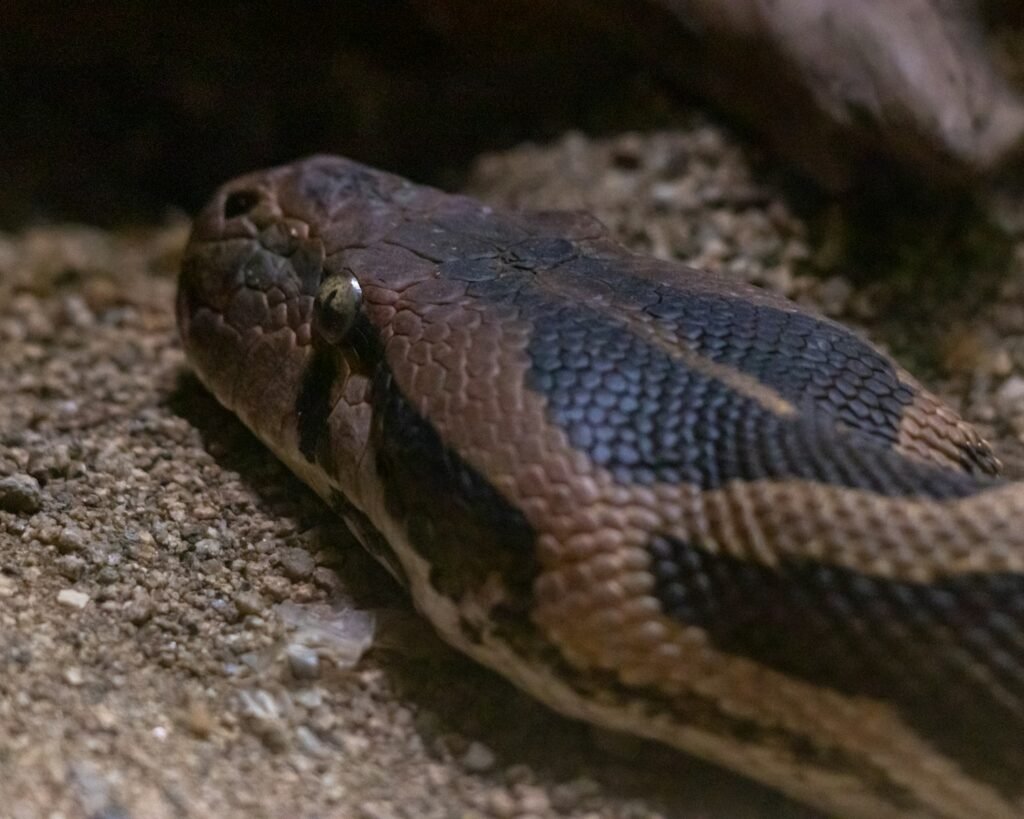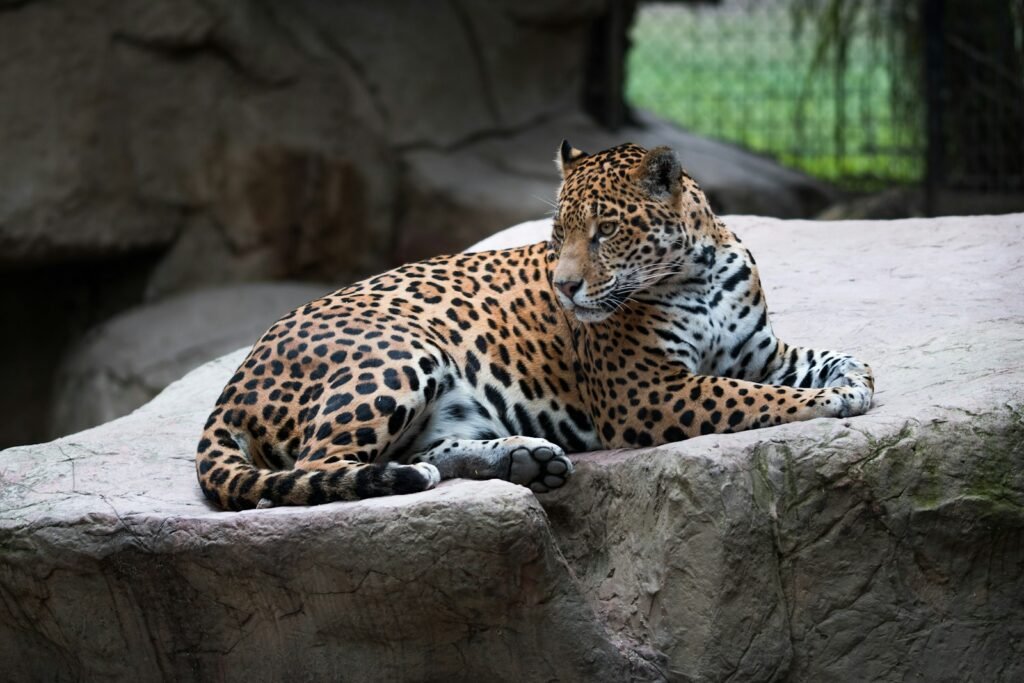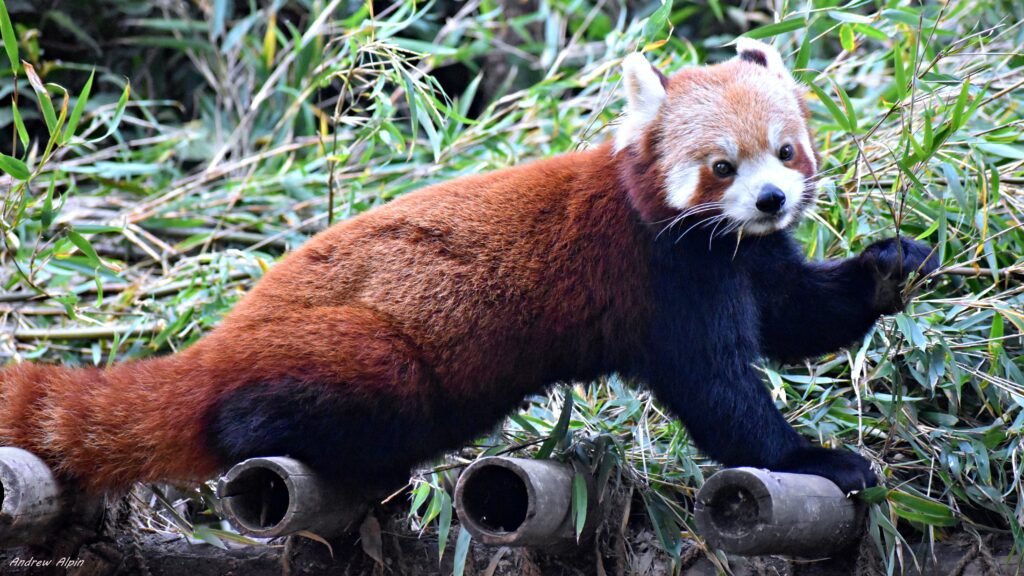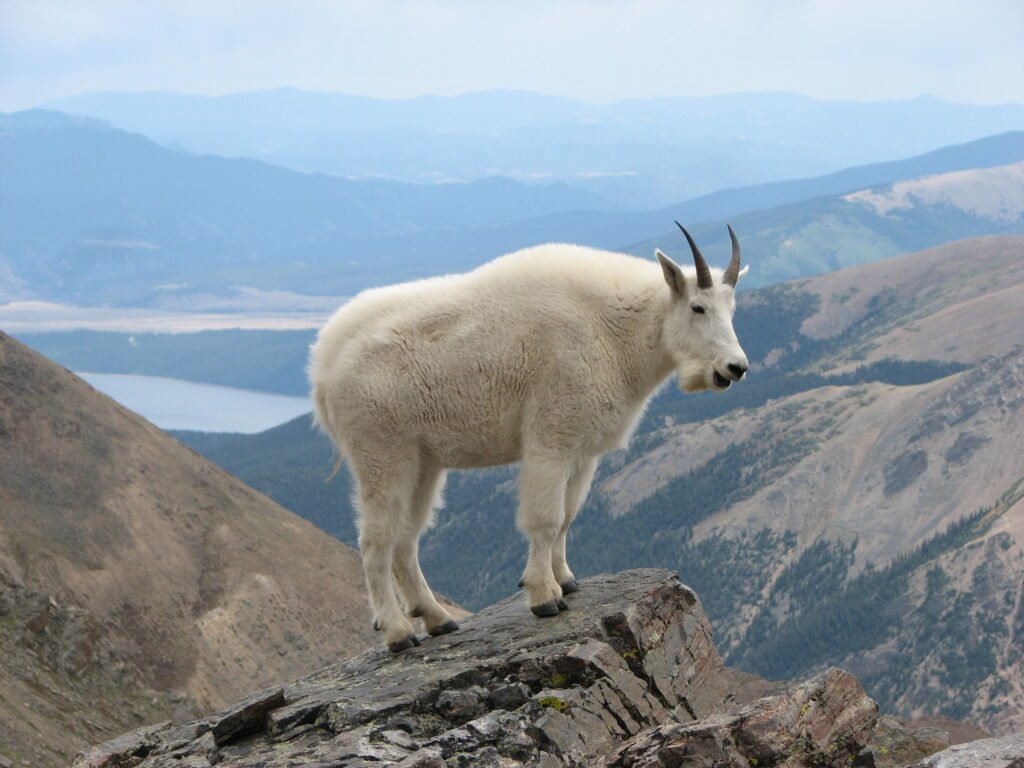Maine’s Puffins Face New Climate Threats
Maine’s coastal waters are home to one of the most beloved seabirds in North America. The Atlantic puffin, with its distinctive colorful beak and waddling gait, has become a symbol of successful conservation. Yet beneath this success story lies a troubling reality that has researchers deeply concerned. These remarkable birds are facing unprecedented challenges that ...

